Aviation history is paved with visionary designs, but for every success story, there are experimental aircraft that soared to the edge of what was possible, only to encounter insurmountable challenges.
These weren’t just prototypes; they were bold attempts to redefine flight, pushing engineering and even human endurance to their absolute limits.
Often groundbreaking, sometimes tragic, these machines became iconic for their ambition, even as they sometimes “broke” under the immense pressure of innovation. Join us as we explore five such experimental aircraft that truly pushed boundaries, for better or worse.
5. North American X-15
The North American X-15 stands as a testament to pushing speed and altitude boundaries.
This hypersonic rocket-powered aircraft, flown from 1959 to 1968, was designed to investigate flight conditions at extreme speeds and altitudes, reaching Mach 6.7 and over 67 miles high. However, the X-15 was incredibly demanding to fly and maintain, pushing pilots and materials to their breaking points.
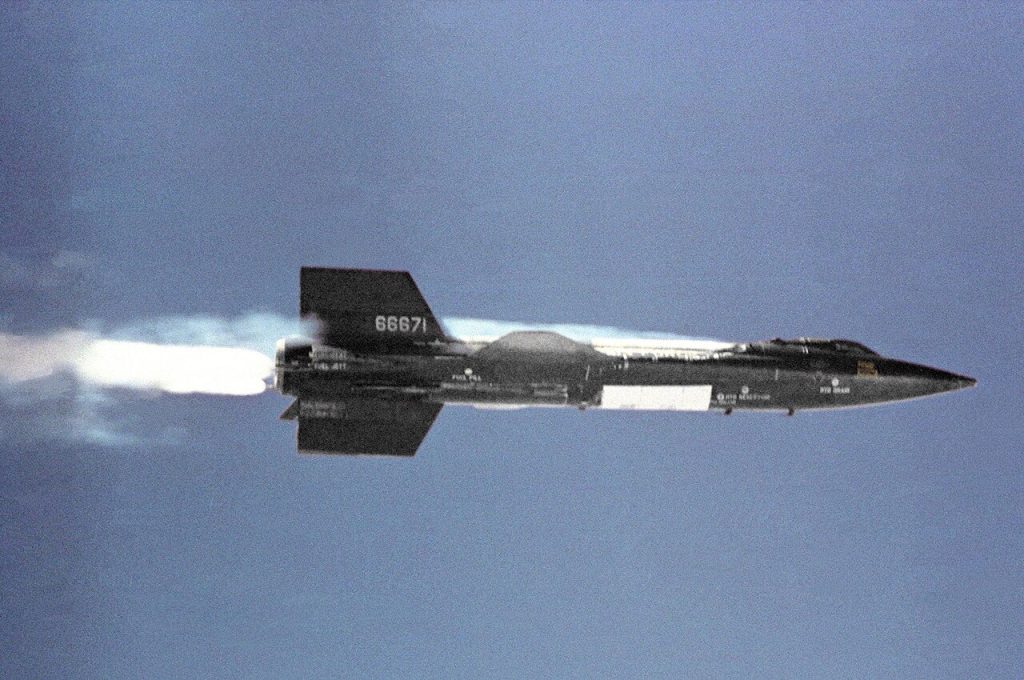
4. Bell X-2 “Starbuster”
The Bell X-2 “Starbuster” was an experimental aircraft built to explore flight at speeds beyond Mach 3, following up on the X-1’s achievements.
This sleek, swept-wing rocket plane pushed the envelope of supersonic flight in the mid-1950s, reaching speeds of Mach 3.196. Tragically, in 1956, after achieving record-breaking speeds, it succumbed to inertia coupling, breaking apart and claiming the life of its pilot, Captain Milburn G. “Mel” Apt.
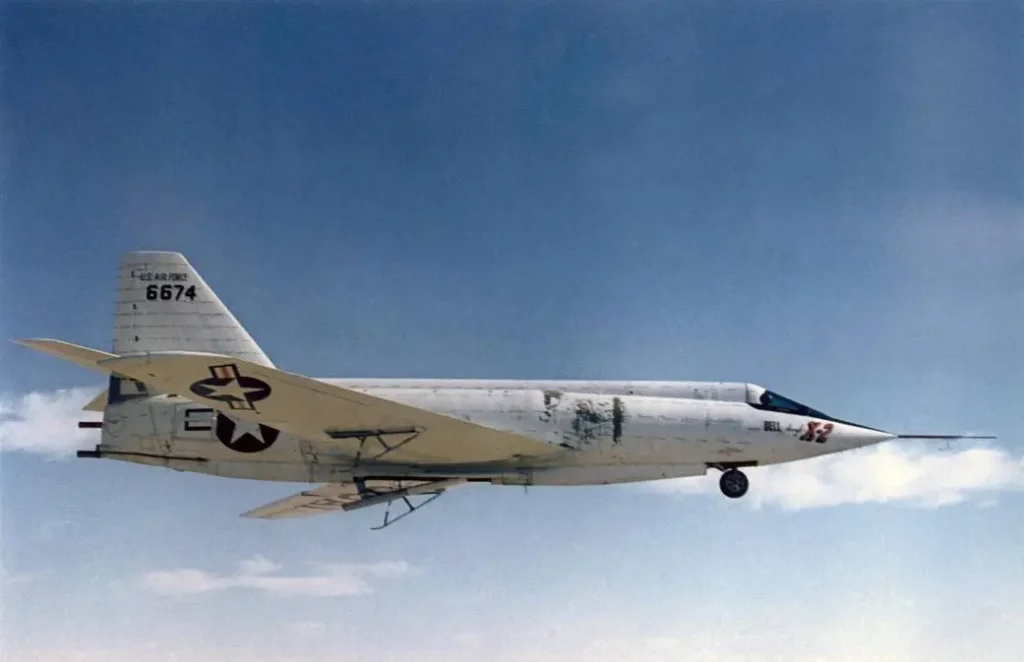
3. Convair XF-92A
The Convair XF-92A holds the distinction of being the first delta-wing jet aircraft to fly in the United States, pioneering a radical new aerodynamic concept in the late 1940s. Its triangular wing promised high-speed performance, but it came with severe handling problems.
The XF-92A suffered from poor stability and control, particularly at lower speeds, making it a handful for test pilots. Its inherent instability meant it “broke” the pilot’s patience and never transitioned beyond its pure research role.
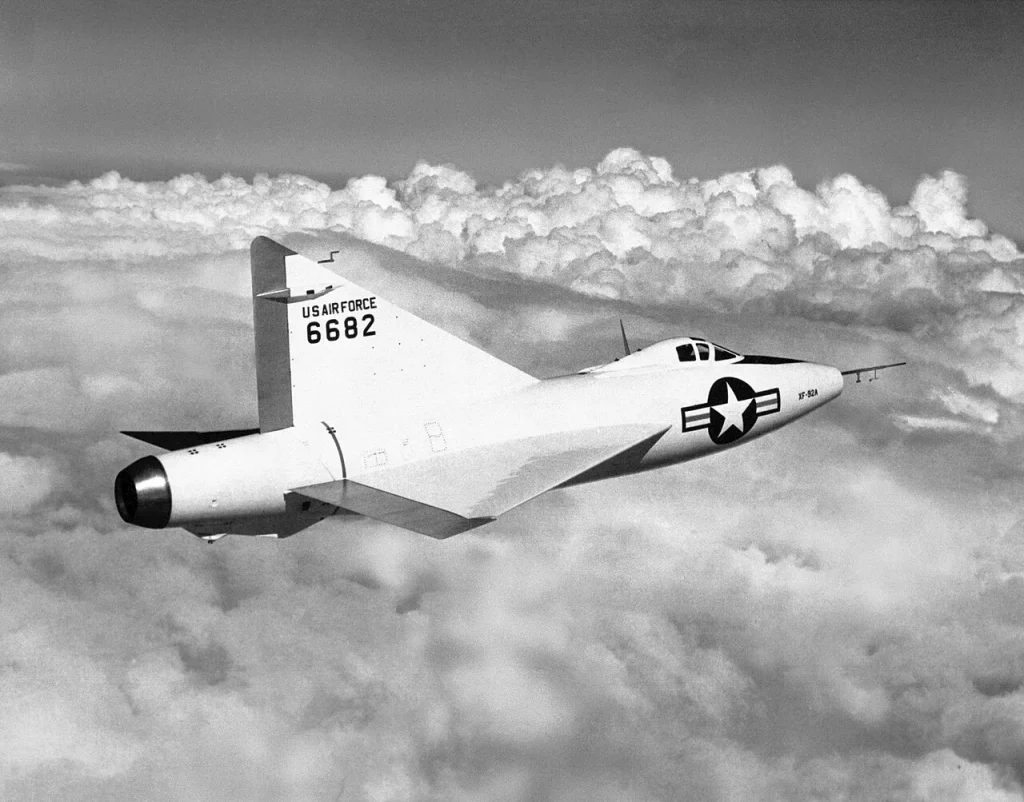
2. Grumman X-29
The Grumman X-29 was a highly unconventional experimental aircraft that first flew in 1984, most notably featuring forward-swept wings.
This design offered incredible agility and control at high angles of attack, pushing the boundaries of aerodynamic maneuverability. Its unique configuration required advanced fly-by-wire computer systems to constantly correct its inherent aerodynamic instability.
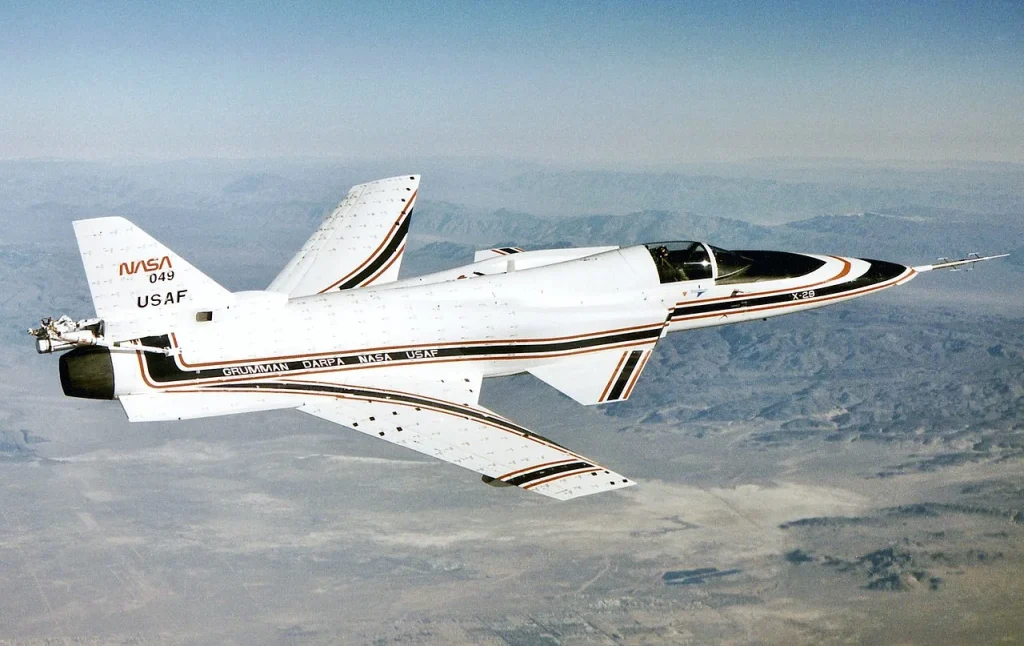
1. Bristol Brabazon
The Bristol Brabazon was a colossal post-war British airliner, conceived in the late 1940s to push the boundaries of luxury and size in civilian aviation.
Designed for transatlantic routes with unprecedented comfort, it was powered by eight engines and featured spacious cabins. However, its immense scale and extravagant specifications led to astronomical costs and a prolonged development. By the time it was ready, jet technology had advanced, making propeller-driven giants obsolete. The Brabazon was a technological marvel but an economic disaster.
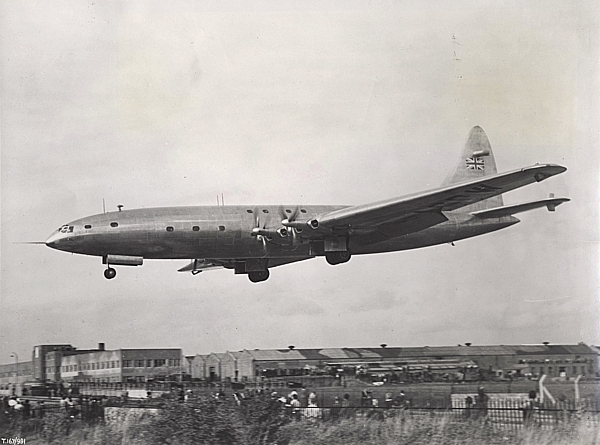
These five experimental aircraft are more than just footnotes in aviation history; they are powerful reminders of the relentless human drive to innovate. Each pushed the known boundaries of flight, whether in speed, design, or sheer ambition. While some encountered tragic ends, stability issues, or economic ruin, their daring attempts “broke” the status quo and provided invaluable lessons that shaped the future of aerospace. Which of these ambitious airborne ventures do you find most fascinating? Share your thoughts below!








